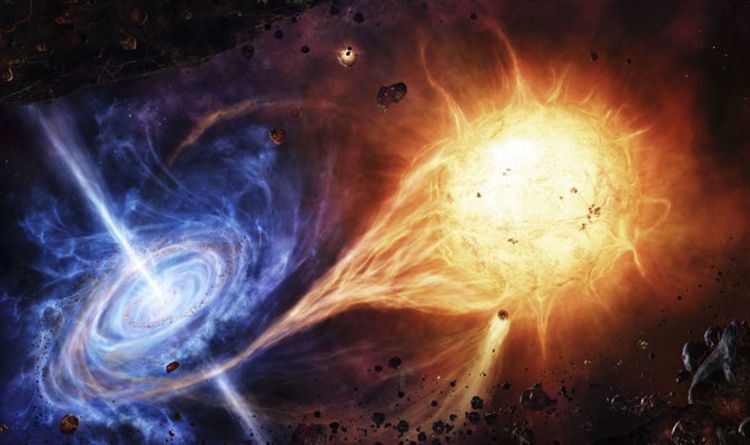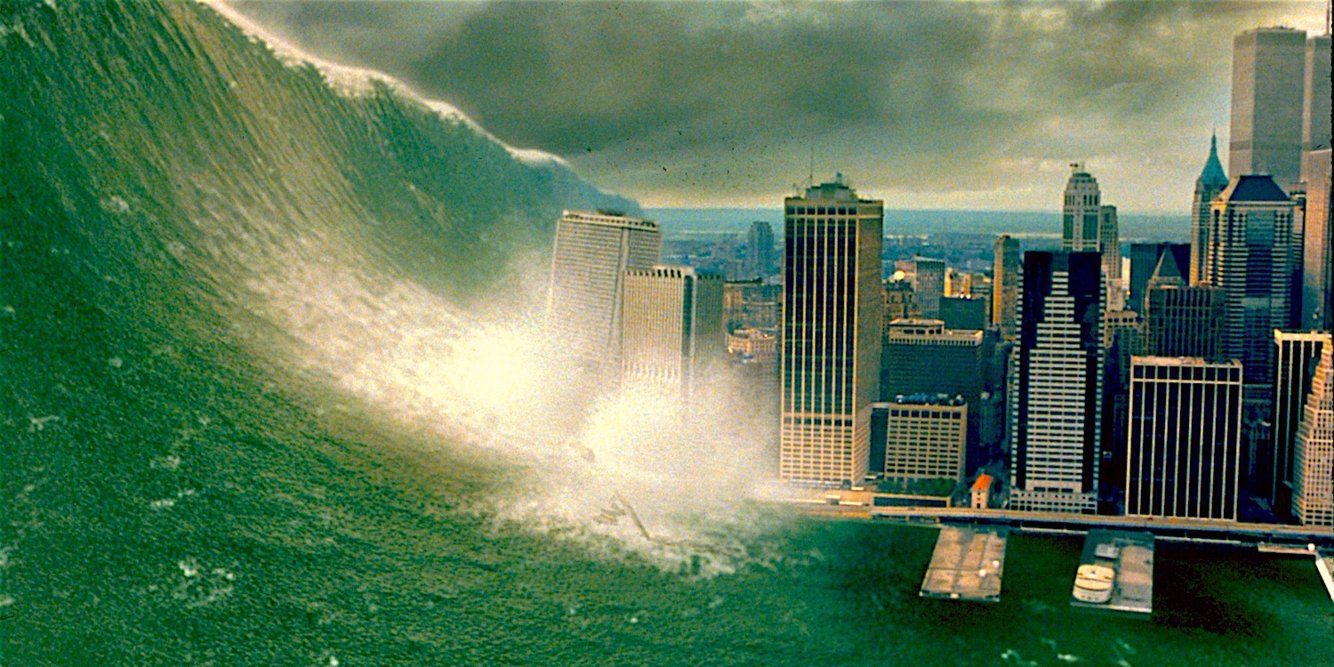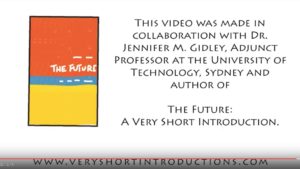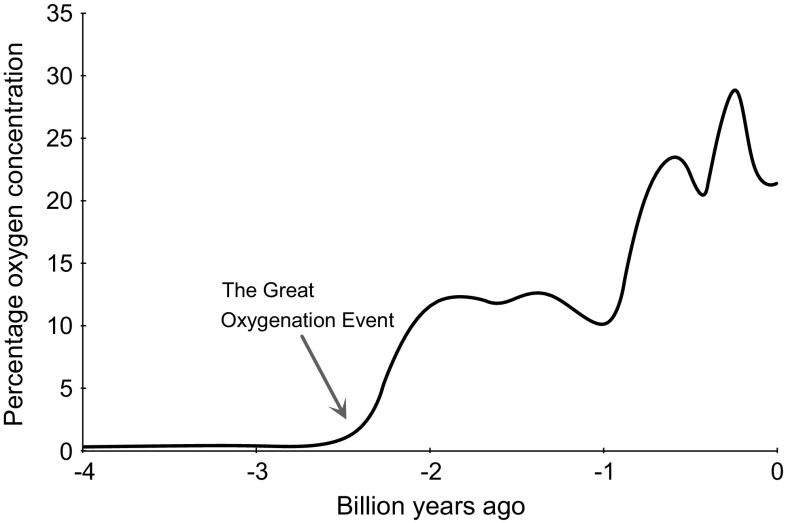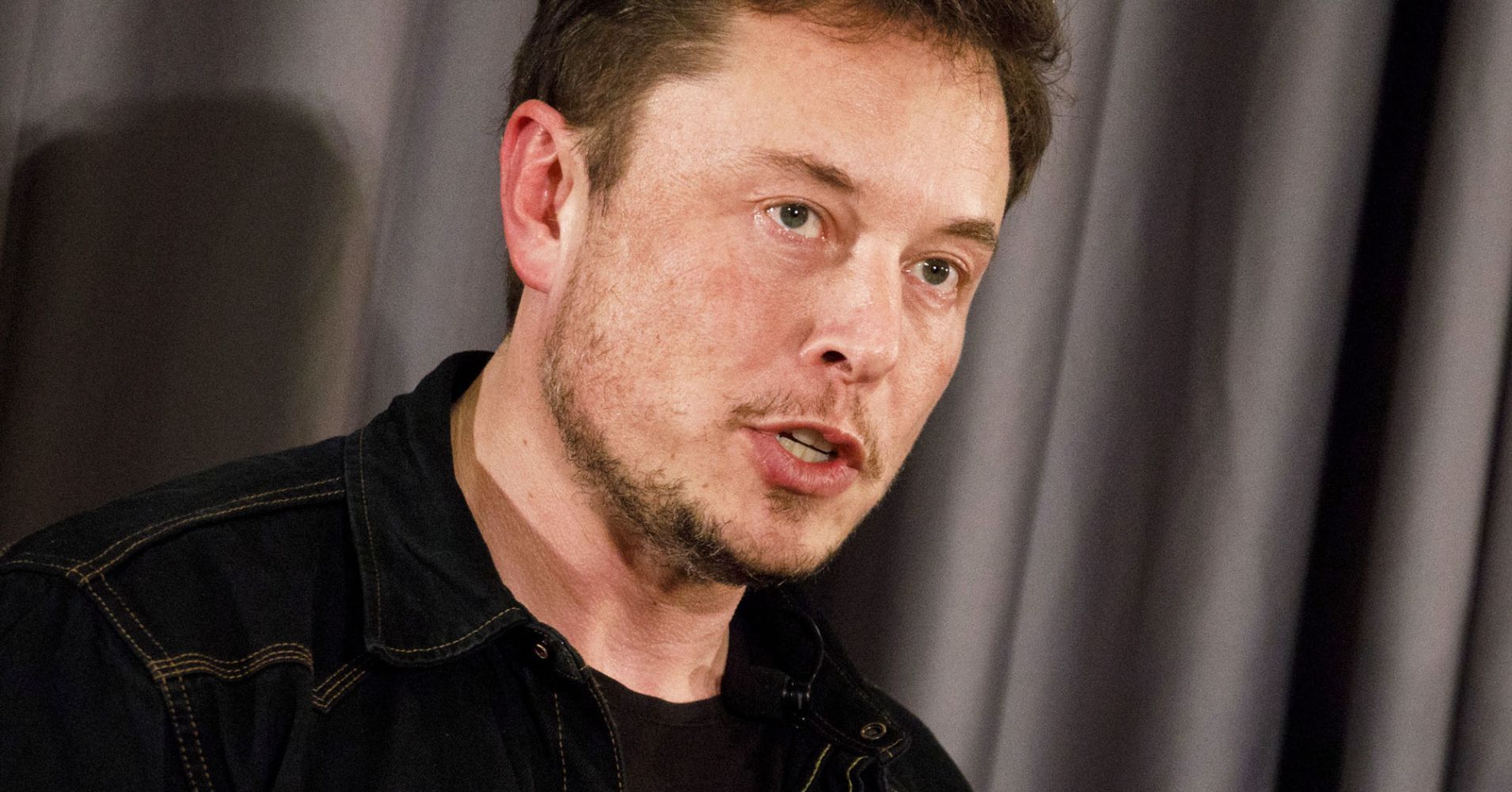Archive for the ‘existential risks’ category: Page 91
Jul 24, 2018
A new Russian video may show a ‘doomsday machine’ able to trigger 300-foot tsunamis — but nuclear weapons experts question why you’d ever build one
Posted by Michael Lance in categories: existential risks, military
But nuclear weapons experts question why you’d ever build a weapon like this.
In March, Russian President Vladimir Putin described a nuclear-powered torpedo designed to hit coastal targets with a.
Jul 22, 2018
An Introduction to the Future with Oxford VSI
Posted by Jennifer Gidley in categories: climatology, education, evolution, existential risks, futurism, general relativity, homo sapiens, philosophy, transhumanism
“The Future: A Very Short Introduction” (OUP, 2017) by Dr. Jennifer M Gidley.

Oxford University Press has just released a wonderful little animation video centring on my book “The Future: A Very Short Introduction” published in 2017. In an entertaining way it shows how the concept of the future or futures is central to so many other concepts — many of which are the subject of other OUP Very Short Introductions. The VSI Series now has well over 500 titles, with ‘The Future’ being number 516.
To watch the video click here.
Continue reading “An Introduction to the Future with Oxford VSI” »
Jul 22, 2018
Transhumanist Party Virtual is open to all sapients, corporeal, digital, and virtual
Posted by Mark Larkento in categories: economics, education, existential risks, geopolitics, transhumanism
Transhumanist Declaration VirtualTranshumanism Virtual is the viewpoint that sapient society, corporeal, digital, and virtual should embrace, wisely, thoughtfully, and compassionately, the radical transformational potential of technology. The Transhumanist Party Virtual calls for: — Projects to take full advantage of accelerating technology. — Economic and personal liberation of all sapient beings — An inclusive new social contract for all sapient and sentient beings in the light of technological disruption — A evolutionary regulatory system to fast-track innovative breakthroughs — Reform of democratic processes with new tools — Education transformed in readiness for a radically different future — A transhumanist rights agenda for all sapient and sentient beings in the coming transhumanist age — An affirmative new perspective on existential risks.
Jul 14, 2018
NASA director reverses on climate change, after 1 month
Posted by Philip Raymond in categories: astronomy, climatology, education, environmental, ethics, existential risks, governance, government, lifeboat, science, space, sustainability
For millennia, our planet has sustained a robust ecosystem; healing each deforestation, algae bloom, pollution or imbalance caused by natural events. Before the arrival of an industrialized, destructive and dominant global species, it could pretty much deal with anything short of a major meteor impact. In the big picture, even these cataclysmic events haven’t destroyed the environment—they just changed the course of evolution and rearranged the alpha animal.
But with industrialization, the race for personal wealth, nations fighting nations, and modern comforts, we have recognized that our planet is not invincible. This is why Lifeboat Foundation exists. We are all about recognizing the limits to growth and protecting our fragile environment.
Check out this April news article on the US president’s forthcoming appointment of Jim Bridenstine, a vocal climate denier, as head of NASA. NASA is one of the biggest agencies on earth. Despite a lack of training or experience—without literacy in science, technology or astrophysics—he was handed an enormous responsibility, a staff of 17,000 and a budget of $19 billion.
In 2013, Bridenstine criticized former president Obama for wasting taxpayer money on climate research, and claimed that global temperatures stopped rising 15 years ago.
Continue reading “NASA director reverses on climate change, after 1 month” »
Jun 30, 2018
The human physiological impact of global deoxygenation
Posted by Alexei Turchin in categories: climatology, existential risks, health, sustainability
Article (2017) about oxygen depletion. “There has been a clear decline in the volume of oxygen in Earth’s atmosphere over the past 20 years. Although the magnitude of this decrease appears small compared to the amount of oxygen in the atmosphere, it is difficult to predict how this process may evolve, due to the brevity of the collected records. A recently proposed model predicts a non-linear decay, which would result in an increasingly rapid fall-off in atmospheric oxygen concentration, with potentially devastating consequences for human health. We discuss the impact that global deoxygenation, over hundreds of generations, might have on human physiology. Exploring the changes between different native high-altitude populations provides a paradigm of how humans might tolerate worsening hypoxia over time. Using this model of atmospheric change, we predict that humans may continue to survive in an unprotected atmosphere for ~3600 years. Accordingly, without dramatic changes to the way in which we interact with our planet, humans may lose their dominance on Earth during the next few millennia.”
There has been a clear decline in the volume of oxygen in Earth’s atmosphere over the past 20 years. Although the magnitude of this decrease appears small compared to the amount of oxygen in the atmosphere, it is difficult to predict how this process may evolve, due to the brevity of the collected records. A recently proposed model predicts a non-linear decay, which would result in an increasingly rapid fall-off in atmospheric oxygen concentration, with potentially devastating consequences for human health. We discuss the impact that global deoxygenation, over hundreds of generations, might have on human physiology. Exploring the changes between different native high-altitude populations provides a paradigm of how humans might tolerate worsening hypoxia over time. Using this model of atmospheric change, we predict that humans may continue to survive in an unprotected atmosphere for ~3600 years. Accordingly, without dramatic changes to the way in which we interact with our planet, humans may lose their dominance on Earth during the next few millennia.
Keywords: Oxygen, Hypoxia, Acclimatization, Physiological adaptation.
Continue reading “The human physiological impact of global deoxygenation” »
Jun 30, 2018
Biotic replacement and evolutionary innovation as a global catastrophic risk
Posted by Alexei Turchin in categories: climatology, existential risks, sustainability
Old, but excellent post:
[Image: “Disckonsia Costata” by Verisimilius is licensed under CC BY-SA 3.0]
Several times in evolutionary history, the arrival of an innovative new evolutionary strategy has lead to a mass extinction followed by a restructuring of biota and new dominant life forms. This may pose an unlikely but possible global catastrophic risk in the future, in which spontaneous evolutionary strategies (like new biochemical pathways or feeding strategies) become wildly successful, and lead to extreme climate change and die-offs. This is also known as a ‘biotic replacement’ hypothesis of extinction events.
Continue reading “Biotic replacement and evolutionary innovation as a global catastrophic risk” »
Jun 30, 2018
Elon Musk: This is why we have to build civilizations in space
Posted by Dan Kummer in categories: Elon Musk, existential risks, space travel, sustainability
“Humanity is not perfect, but it’s all we’ve got,” the SpaceX and Tesla boss said.
To safeguard human life requires moving beyond the blue planet, in Musk’s view, because earth is likely to become uninhabitable.
“There will be some eventual extinction event” if humans stay on earth forever, Musk said in an article published in academic journal New Space, which was published online in June 2017.
Continue reading “Elon Musk: This is why we have to build civilizations in space” »
Jun 29, 2018
Kick Asteroid
Posted by Alberto Lao in categories: asteroid/comet impacts, existential risks
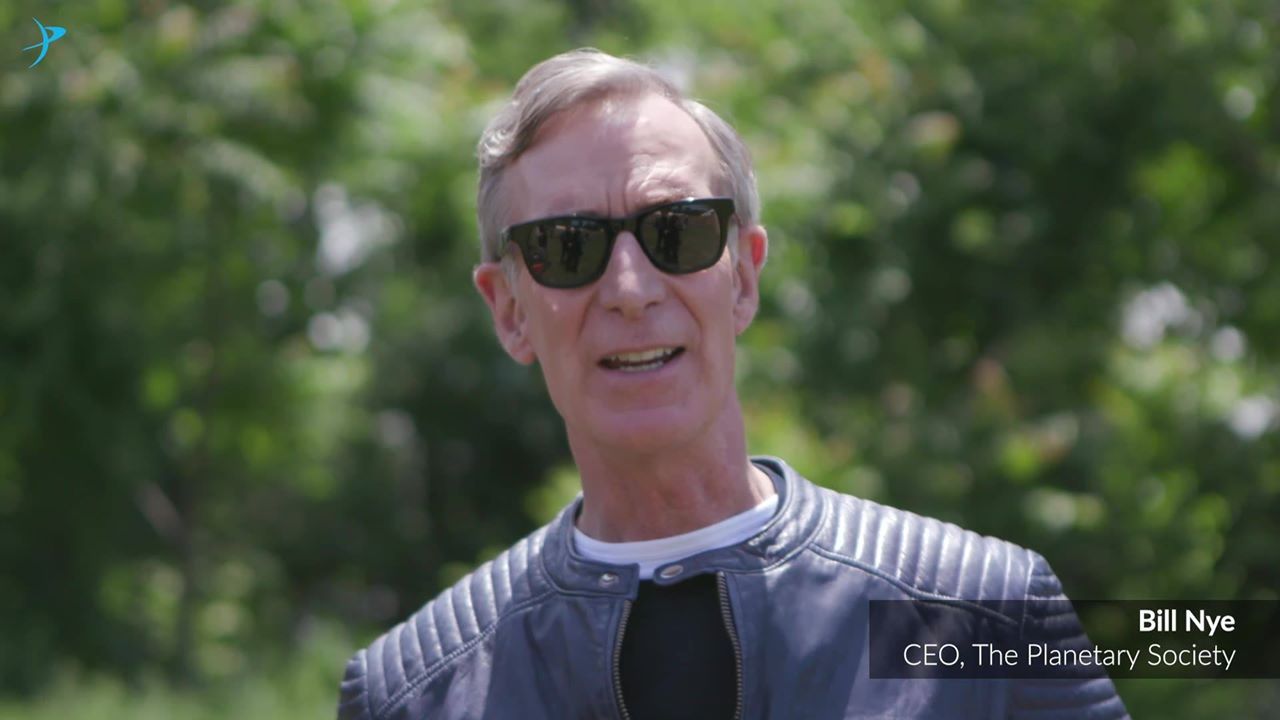
Our new Kickstarter project lets you help save the Earth from an asteroid impact! Let’s go #KickAsteroid! https://planet.ly/kickasteroid
Jun 25, 2018
UF-oh no? We may be the only intelligent life out there, study finds
Posted by Michael Lance in categories: alien life, existential risks
If intelligent life is so likely to exist elsewhere in the universe, why haven’t we found it? Well, the chances of us coming across extraterrestrials are not looking good, according to a new study.
Scientists from the Future of Humanity Institute at Oxford University have revealed that we are probably the only advanced civilization out there, although they can’t say for sure. The team came to their conclusion after realizing that Fermi’s paradox and its supporting theories are somewhat flawed. The paradox is the conflict between the probability that intelligent life exists elsewhere in the universe and the lack of evidence of such.
